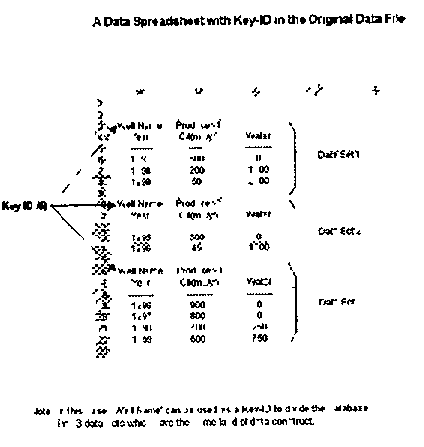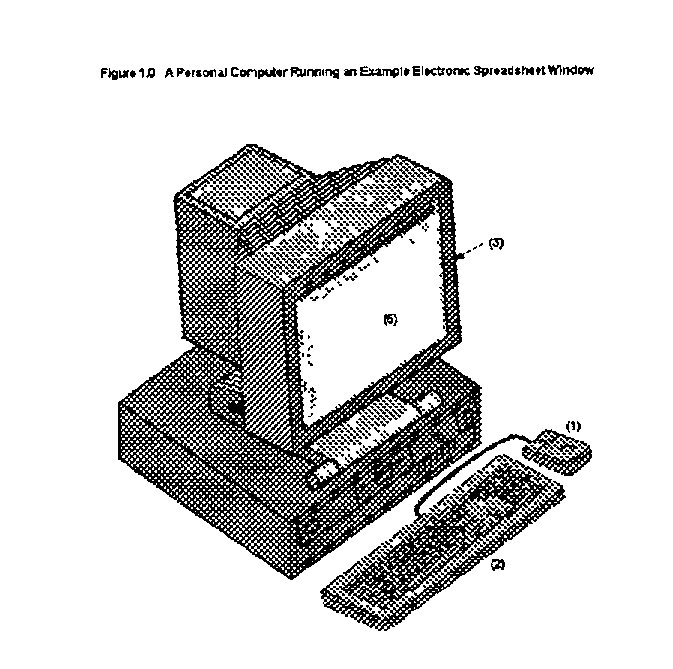Method and system for automated data manipulation in an electronic spreadsheet program or the like
a technology of electronic spreadsheets and data manipulation, applied in the field of methods and systems for automated data manipulation in electronic spreadsheet programs or the like, can solve the problems of the inability to improve the inability of the spreadsheet software to reach a bottleneck, and achieve the effect of improving cell representation or identification
- Summary
- Abstract
- Description
- Claims
- Application Information
AI Technical Summary
Benefits of technology
Problems solved by technology
Method used
Image
Examples
Embodiment Construction
, the CCE Cell(`Name`,B) refers to all cells in Column B, which contain the text `Name`. This allows the CCE Cell(`Name`,B) to represent a collection of two different cells, both containing the text `Name`, in a region defined by the RC-ID as Column B. While using the conventional reference style, each cell would have to be individually identified using notation such as Cell(1,2) / Cell(B1) and Cell(3,2) / Cell(B3). Note that the typical spreadsheet `Range` notation cannot be used to represent this collection of cells.
[0064] In Example 2, the CCE Cell(`Name`,3) refers to all the cells in Row 3, which contain the text `Name`. In this case the CCE represents a collection of two different cells, containing the text `Name`, in a region defined by the RC-ID as Row 3. The conventional reference style can identify these cells as Cell(3,1) / Cell(A3), Cell(3,2) / Cell (B3), or Range(A3:B3). Although Range(A3:B3) is a single expression identifying these cells, the CCE has greater flexibility in that...
PUM
 Login to View More
Login to View More Abstract
Description
Claims
Application Information
 Login to View More
Login to View More - R&D
- Intellectual Property
- Life Sciences
- Materials
- Tech Scout
- Unparalleled Data Quality
- Higher Quality Content
- 60% Fewer Hallucinations
Browse by: Latest US Patents, China's latest patents, Technical Efficacy Thesaurus, Application Domain, Technology Topic, Popular Technical Reports.
© 2025 PatSnap. All rights reserved.Legal|Privacy policy|Modern Slavery Act Transparency Statement|Sitemap|About US| Contact US: help@patsnap.com



